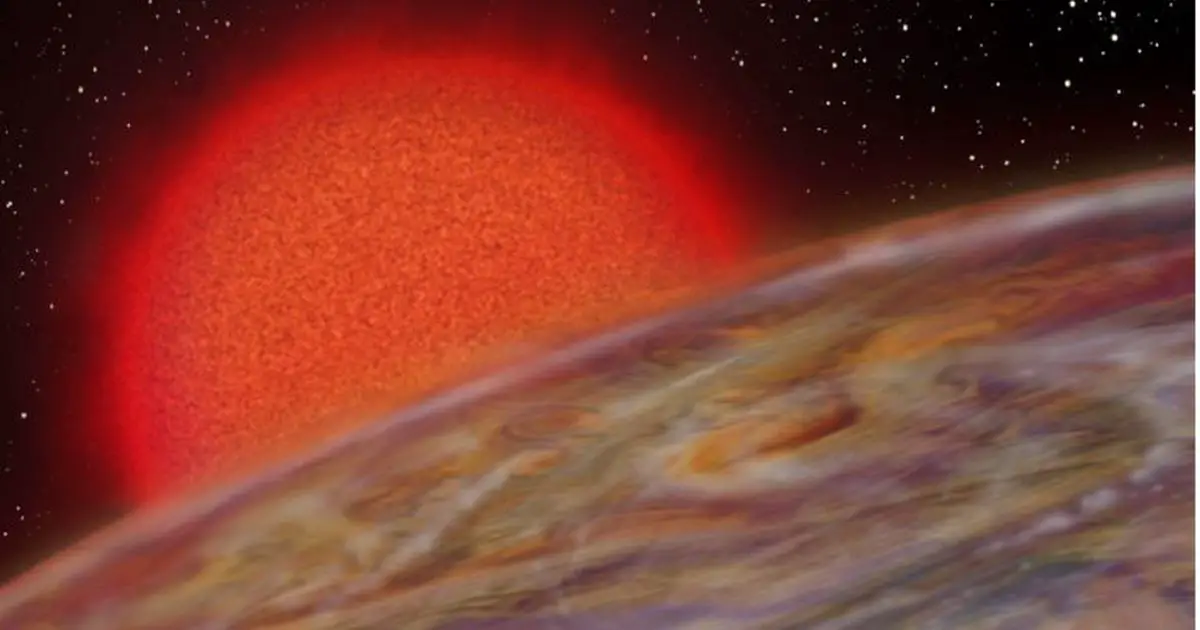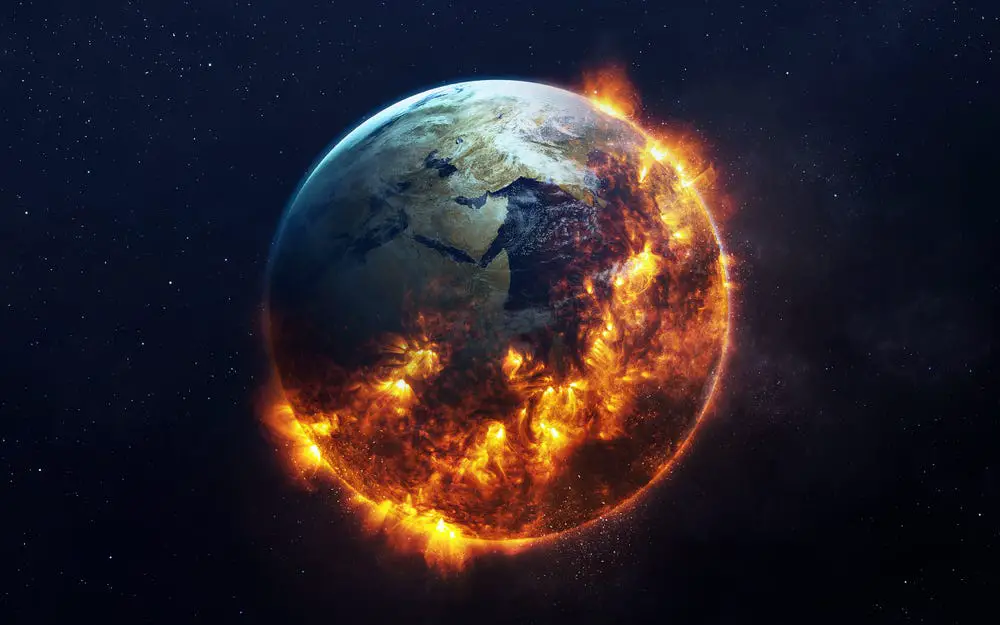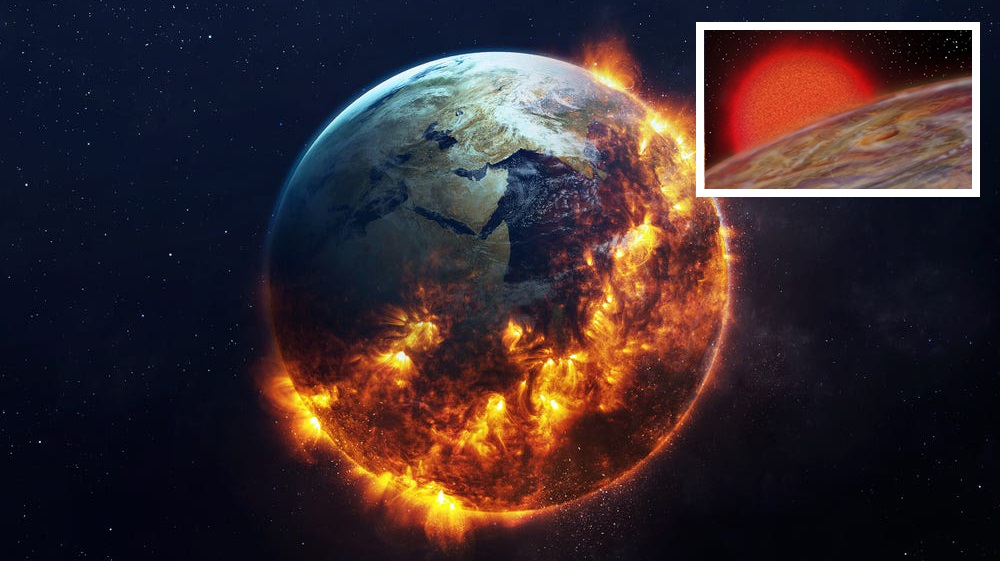Three gas giants the size of Jupiter discovered by a NASA satellite are expected to be the first to be devoured and killed by their own stars out of all the known planets.
TOI-2337b, TOI-4329b, and TOI-2669b are the names of three dangerous planets. In comparison to other known planets, each one orbits a subgiant or a giant star.

Scientists predict that TOI-2337b will be wiped out by its host star in the next million years, according to their findings. However, in cosmic terms, it is only a brief moment, making Earth the most vulnerable planet we have ever encountered.
Researchers at the American Museum of Natural History and the Flatiron Institute, led by postdoc Samuel Grunblatt, said in a statement last week that the results were critical to understanding a new frontier in exoplanet studies: how planetary systems change through time.
In the last stages of their existence, when their host stars consume them, “these observations give fresh views onto dying worlds before they are swallowed up.”
In a future edition of the Astronomical Journal, Grunblatt will be a co-author of a piece describing the finding and its significance.
NASA’s Transiting Exoplanet Survey Satellite (TESS) captured photos of the three gas giants in 2018 and 2019.

The final stages of solar systems’ lives may be turbulent when a star inflates and warms its planets while also possibly modifying its orbit and raising the possibility of catastrophic collisions. Our present knowledge There is a point at which the whole system will collapse and be eaten by the star itself.
TESS and other telescopes like the newly launched James Webb Space Telescope will be used to keep an eye on this and other planetary systems.
A co-author of the paper, Nick Saunders, expects to detect tens to hundreds of transiting planet systems with TESS, which would provide light on how planets interact with one other, inflate, and move around stars, including our own.
That fundamental existential issue, “Are we alone?” may be answered by studying other worlds’ histories and where they are headed.
Source: CNET

